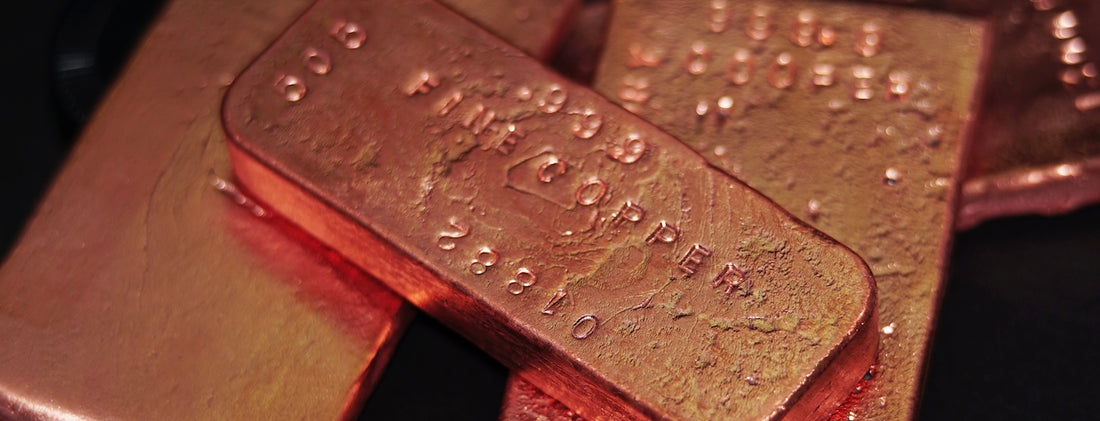Copper deficiencies rarely occur in hydroponically-grown plants, especially when using a reputable hydroponic nutrient range. When a copper deficiency does occur it is usually mistaken for- and then treated- as an iron deficiency, leading to a range of other problems.
The key to preventing copper deficiencies is to ensure that adequate levels are being regularly supplied through nutrition; as well as maintaining pH balance.
WHY IS COPPER IMPORTANT TO PLANT HEALTH?
Copper plays a critical role in:
- Respiration
- Oxidation-reduction reactions in conjunction with zinc
- Chlorophyll production
- Formation of lignin in cell walls (lignification)
- Protein synthesis
- Seed production & fertility
- Photosynthesis
- Natural defences against diseases such as powdery mildew
MAIN CAUSES OF COPPER DEFICIENCY
Like many other micronutrients, copper deficiency can be caused by:
- Malnutrition (low EC)
- High pH levels
- Low-quality nutrients with insufficient amounts of copper
- Excess potassium, phosphorus & zinc can cause copper to be antagonised and locked out.
- Low root zone temperatures
KEY SYMPTOMS OF COPPER DEFICIENCY IN PLANTS
- Root growth is stunted impacting nutrient uptake
- The entire plant wilts, similar to the look of over fertilisation
- Main stem can become brittle
- Some plant varieties will become overly soft/bendy to touch
- New growth stops or forms slowly, is pale in colour and will quickly stop growing
- Delayed flowering
HOW TO FIX A COPPER DEFICIENCY?
|
Correct & maintain pH levels |
Adjust nutrient solution by using a quality pH down product. The pH range that is for best for absorption of copper is 5.0-6.0. Copper is most available at 5.0. Test daily. |
|
Add a fulvic acid product |
Add 0.5ml of Mills Start-R per 1L water to your normal feeding program, up to early stages of flowering. |
|
Direct application |
Copper is an immobile element, which means the plant cannot translocate copper from older growth to new growth. A foliar spray of Mills Vitalize can also correct this problem. Mix 0.1ml of Vitalize to 1L of water, adjust to pH 5.0-6.0 Mist the entire plant just after lights turn off to avoid any light scorching. |
|
Low root-zone temperature |
Give your plant’s metabolism a boost by keeping root-zone temps between 18-21°C. Use low wattage gadgets like heat bars and heat mats to help. |
A-Grade Tip: Copper deficiency make vegetable crops susceptible to fungal diseases like septoria. A weekly spray of products like Rid-a-Rot or PureCrop1 will help keep fungal infections like septoria and powdery mildew at bay.

Shown above: Early copper deficiencies can be mistaken as nutrient excess

Shown above: The new growth is very small & contorted. Note the pinkish hues forming at the rear of the leaf. The stems on this plant were very soft and bendy to touch




